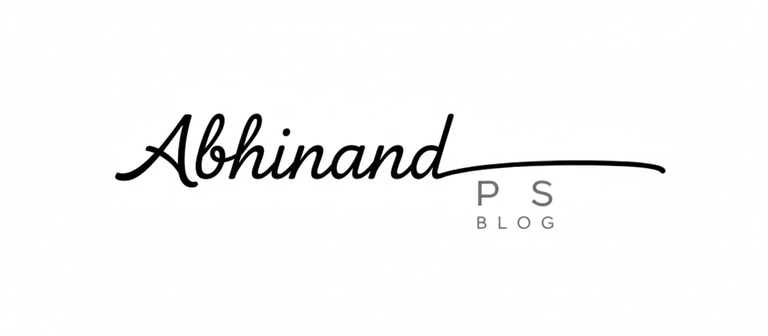The Untold Truth: What It’s Really Like to Work Alongside AI
Explore real challenges and benefits of human-AI collaboration in 2025, revealing how AI reshapes work and the future of teamwork.


The Untold Truth: What It’s Really Like to Work Alongside AI
Artificial Intelligence is no longer just a futuristic concept; it’s an increasingly common presence in workplaces worldwide. But what does it really feel like to work alongside AI? Beyond the hype, human-AI collaboration comes with unique opportunities and challenges that are reshaping jobs, workflows, and organizational culture in profound ways.
Here’s an honest, in-depth look at what working with AI means in 2025—from real experiences, expert insights, and emerging best practices.
The New Normal: AI as a Team Member
Today, AI systems are embedded in daily tasks—automating repetitive work, providing insights, and augmenting human decision-making. Most companies see AI as a collaborator rather than a replacement. This human-AI partnership brings distinct benefits:
Increased productivity: AI handles routine operations, freeing humans to focus on creativity and judgment.
Augmented decision-making: AI analyzes vast data faster and highlights key insights humans might miss.
24/7 availability: AI assistants provide continuous support, from customer service bots to virtual admins.
Challenges of Working with AI
Despite advantages, real challenges remain:
Trust and Transparency: Employees need to understand how AI reaches conclusions. Black-box models can cause distrust and hesitation.
Skill Shift: Humans must learn to work with AI, requiring upskilling in interpreting AI outputs and managing exceptions.
Ethics and Bias: AI inherits training data biases, risking unfair or erroneous decisions if unchecked.
Over-Reliance: Dependence on AI may dull human skills or create vulnerabilities if AI failures occur.
Job Security Concerns: Fear of displacement complicates acceptance and collaboration.
Recent studies show organizations investing heavily in training to overcome these barriers and foster effective teamwork between humans and AI [source: MIT Sloan].
Real-Life Experiences and Insights
Professionals report that AI collaboration can be "empowering but demanding." For example, marketers using AI content generators appreciate the speed but emphasize the need for creative oversight. Customer service reps working with AI chatbots find their jobs evolving towards handling complex cases AI can’t resolve.
Successful organizations adopt hybrid approaches, designing workflows that leverage AI strengths while preserving human intuition and empathy [source: SuperAGI, Gartner].
Best Practices for Seamless Human-AI Collaboration
Define Clear Roles: Assign routine tasks to AI and complex judgment calls to humans.
Ensure Explainability: Use AI solutions that provide transparent reasoning to build trust.
Prioritize Skill Development: Train teams on AI literacy and collaborative workflows.
Maintain Ethical Standards: Monitor and audit AI for bias and fairness regularly.
Encourage Feedback Loops: Humans and AI learn dynamically to improve outcomes.
Conclusion: Embracing the AI Era with Eyes Wide Open
Working alongside AI offers extraordinary potential but requires thoughtful integration and continuous adaptation. Awareness of challenges, proactive education, and a human-centric mindset ensure AI augments rather than disrupts work.
As you prepare for an AI-enriched workplace, balancing trust, ethics, and collaboration will be essential for success.
Explore AI-powered human collaboration with Sintra AI’s intelligent workforce solutions here: https://playosinc.pxf.io/QjgaEa
External Resources
FAQ
What are the main benefits of working with AI?
Improved productivity, better decision-making, and 24/7 operational support.
What challenges do humans face collaborating with AI?
Trust, transparency, skill shifts, ethical concerns, and over-reliance risks.
Is human oversight necessary when using AI?
Yes, humans ensure AI remains accurate, ethical, and aligned with organizational goals.
How should organizations prepare employees for AI collaboration?
By offering AI literacy training, defining clear collaboration protocols, and ensuring ethical AI use.
